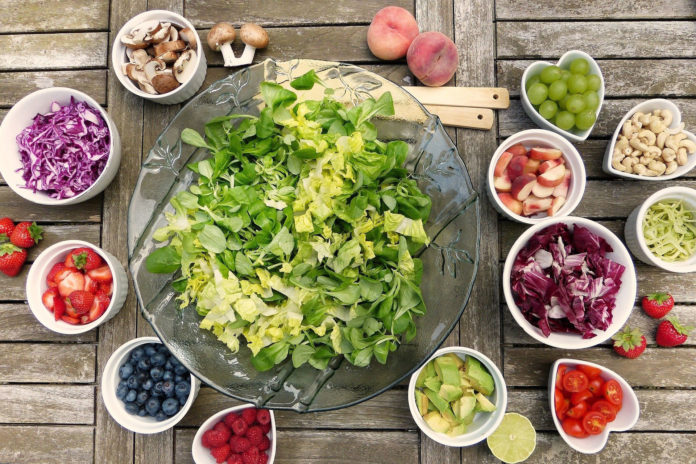Dietary guidelines have consistently recommended a high consumption of vegetables to the general population as a source of beneficial macronutrients and micronutrients. There exists a large body of research evidence that high levels of vegetable consumption may protect against a wide range of health outcomes, including cardiovascular disease (CVD).
Unfortunately, researchers from the Nuffield Department of Population Health at the University of Oxford, the Chinese University of Hong Kong, and the University of Bristol found no evidence.
It may seem plausible at first glance that the consumption of vegetables may reduce the risk of CVD. The ingredients consist of carotenoids and alpha-tocopherols, which can protect against CVD. But so far, the evidence from previous studies for the overall effect of vegetable consumption on CVD is inconsistent.
A new study shows that higher consumption of cooked or uncooked vegetables is unlikely to affect the risk of CVD. They likewise clarified the factors that might have explained previous spurious, positive findings.
The study used the UK Biobank’s large sample size, long-term follow-up, and detailed social and lifestyle factors. Scientists accessed the association of vegetable intake with the risk of subsequent CVD.
399,586 participants without prior CVD participated in the study. Scientists measured raw and cooked vegetable intakes with a validated dietary questionnaire at baseline. They used the Multivariable Cox regression approach to estimate the associations between vegetable intake and CVD incidence and mortality, adjusted for socioeconomic status, health status, and lifestyle factors.
Significantly, scientists also accessed the potential of ‘residual confounding’- whether unknown additional factors or inaccurate measurement of known factors might lead to a spurious statistical association between CVD risk and vegetable consumption.
Mean intakes of raw and cooked vegetables were 2.3 and 2.8 tablespoons/day, respectively. The risk of death from CVD was about 15% lower for those with the highest intake compared to the lowest vegetable intake.
Study authors noted, “However, this apparent effect was substantially weakened when possible socioeconomic, nutritional, and health- and medicine-related confounding factors were taken into account. Controlling for these factors reduced the predictive statistical power of vegetable intake on CVD by over 80%, suggesting that more precise measures of these confounders would have completed explained any residual effect of vegetable intake.“
Dr. Qi Feng, a researcher at the Nuffield Department of Population Health at the University of Oxford, and the study’s lead author said: “Our large study did not find evidence for a protective effect of vegetable intake on the occurrence of CVD. Instead, our analyses show that the seemingly protective effect of vegetable intake against CVD risk is very likely to be accounted for by bias from residual confounding factors, related to differences in socioeconomic situation and lifestyle.”
Journal Reference:
- Qi Feng et al. Raw and Cooked Vegetable Consumption and Risk of Cardiovascular Disease: A Study of 400,000 Adults in UK Biobank. DOI: 10.3389/fnut.2022.831470
